"The Near Perfection of Ugliness": Restoring Mary MacLane's Home in Butte, America
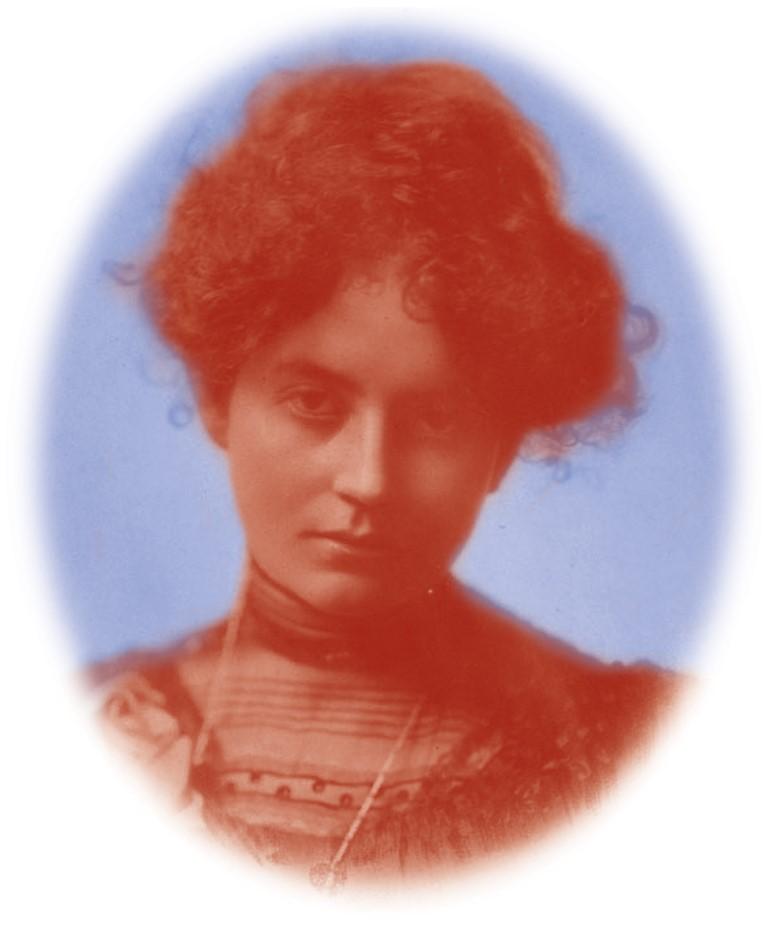
For the uninitiated passerby throwing a cursory glance out the car window as they zip by on I-90, Butte looks to have its fair share of fixer-uppers. Though not an inaccurate perception, it takes more than a windshield survey of the city’s skyline to understand the entire story. Butte’s appearance of faded decadence today stems from Butte’s fantastically good fortunes of yesteryear as the copper mining capital of the United States.
Ornate brick mansions with turrets and balconies sport windows covered by plywood. The dozen-plus headframes that dominate the city’s skyline once roared with activity as miners worked around the clock to pull copper from the belly of the “richest hill in America.” Today, these same steel behemoths stand silent over Butte’s oldest neighborhoods. Though Butte’s population peak is a source of ongoing debate—depending on whom you ask, the number is anywhere from 40,000 to 100,000–census numbers show a steady decline in the population from the 1920s through the 1990s, when Butte’s fortunes started to shift again thanks to the influx of federal funds from its Superfund designation in 1983.
Who Was Mary MacLane?
Near the corner of North Excelsior Avenue and Caledonia Street sit a pair of unassuming brick duplexes with the tell-tale bay windows of the Italianate style, an architectural style popular in America in the mid- to late-nineteenth century. The southmost duplex at 417-419 North Excelsior Avenue is visibly the worse for wear, with a couple boarded-over windows and a crumbling front porch. One of the two front doors on the ground floor has been bricked over.
Though the building doesn’t look impressive or even particularly inviting, it holds an important place in Butte’s rich history. The apartment with the bricked-over door was once the home of writer and Bohemian provocateur Mary MacLane, who lived here when she wrote her first memoir in 1902 at the age of nineteen. The Story of Mary MacLane (toned down from MacLane’s own more brazen title, I Await the Devil’s Coming) sold 100,000 copies in its first month, and MacLane made more than enough money to realize her dream of leaving provincial Butte behind (at least temporarily).
She describes the city as “so ugly indeed that it is near the perfection of ugliness.” MacLane also decries the middle-class affectations that she sees in the people around her: “From wax flowers off a wedding cake, under glass; from thin-soled shoes; from tapeworms; from photographs perched up all over my house; kind Devil, deliver me.” The teenage writer boasted a voice that was candid, humorous, and often arrogant. She wrote openly about her bisexuality and her misgivings about the passive, domestic role she was expected to assume as a woman. While newspapers outside Montana sang her praises, the public library in Butte banned MacLane’s book from the shelves; the Helena Independent chortled that it was a good move on Butte’s part, lest “the self-respecting books in the library [jump] out the window.” MacLane honed her chops as a journalist on the East Coast, where she moved handily in literary circles and lived with Caroline Branson, the former partner of novelist Maria Louise Poole.
MacLane came back to Butte in 1909, where she wrote I, Mary MacLane (1917). Though the cutting humor is still there, a deep appreciation for Butte’s unique beauty shines through in her second memoir. She hatched plans to leave Butte a second time to write, direct, and star in a 1918 silent film, Men Who Have Made Love to Me. MacLane passed away in 1929, rumored to be surrounded in her bed by news clippings from the glory days of her youth. But this is only a rumor.
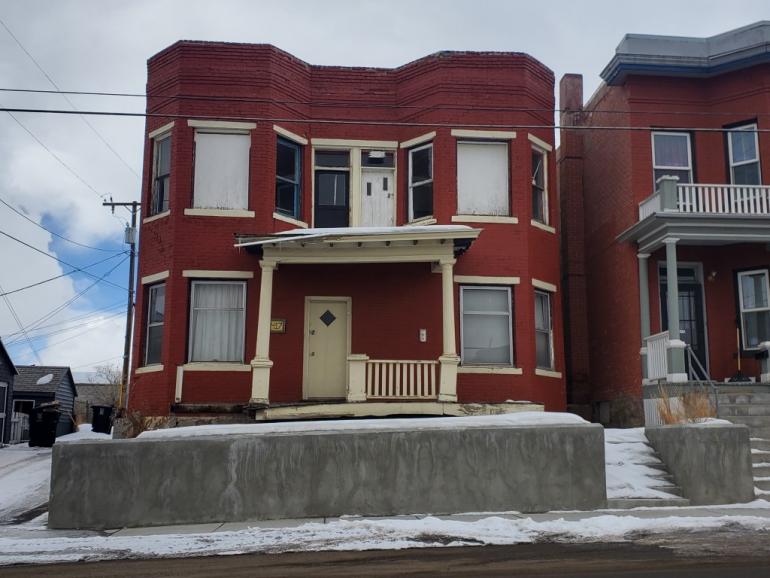
Pulling Back From the Precipice
As for MacLane’s home on North Excelsior back in Butte, it went on without her. In the 1960s, a family removed the load-bearing wall on the second floor to unite the two duplexes into a single living unit. By the 1990s, a motorcycle gang had taken up residence and wreaked havoc on the building’s interior and exterior. In 1996, Professor Bill Macgregor began restoration work on the property. Macgregor taught at the time in Montana Tech’s Department of Professional and Technical Communication. He worked closely with students in the historic preservation program as they learned how to write condition assessments of properties, bid for contracts, and build out project budgets.
As part of their service learning curriculum, students in the Historic Preservation Technologies Program created a treatment plan for the MacLane home, addressing some of the building’s most urgent needs at the time. They helped tear out and replace plaster inside, and rebuilt the missing wall on the second floor. The removal of this wall had put structural strain on the building. Without the support of the load-bearing wall, the 30-foot ceiling joists on the second-floor ceiling buckled towards the center of the building, putting deflection force on the windows, deforming the window frames and breaking the glass. This deflection force also caused the brick veneer to buckle. The structural damage from this period of the building’s history remains visible on the exterior, and is one aspect Macgregor hopes to address in the next round of restoration.
Macgregor wrote a developer’s packet and bought the entire duplex from the city for $250 in 2004 when the local government proposed demolishing the property due to its severe façade degradation. In 2005, Macgregor founded a nonprofit to support the restoration and interpretation of the house. His partners in this endeavor were Mark Reavis, former Butte-Silver Bow historic preservation officer, and Ellen Crain, retired director of the Butte-Silver Bow Public Archives. Since purchasing the property, Macgregor has paid out of his own pocket for most of the restoration work. In-kind and grant assistance from Montana Tech students and local nonprofit Butte Citizens for Preservation and Revitalization (Butte CPR) have supplemented Macgregor’s personal investments over the years.
Restoration Process
The MacLane home’s current condition reflects how far the project has come and how far it has yet to go. Butte CPR has over the years contributed considerable resources to the building’s appearance and structural integrity. The nonprofit’s Building Improvement Fund (BIF) put $7,000 towards the $14,000 roof repair project in 2012. The roof repair helped to secure the building’s envelope, preventing further water damage and making interior work more productive.
The Residential Metals Abatement Program (RMAP), a mitigation program funded by Atlantic Richfield Company (ARCO), helped with reconstruction of the crumbling retaining wall along North Excelsior Avenue in front of MacLane’s home and the duplex next door. Soil testing revealed high lead levels in the front yard, a common situation in properties all over Butte, especially those adjacent to former mineyards. RMAP funds helped to remove the existing soil and replace it with a sod lawn. These two steps helped to improve the street-facing appearance of the property. Finally, the yellow brick veneer was repainted in red to more closely mimic its original color.
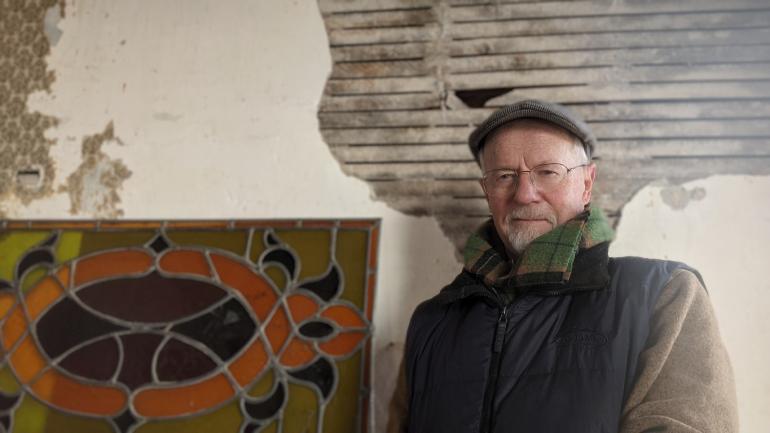
Restoration Goals
Restoration goals for the immediate future focus on rehabbing exterior elements to improve the appearance of the façade. Restoring the building’s façade to its 1890s appearance will bring the building that much closer to a usable condition and contribute to the revitalization of the North Excelsior corridor, evident in the reopening of the historic Excelsior Meat Market across the street. On a related note, Missoula filmmaker Suzanne Shope is producing a short narrative film based on Mary MacLane’s first memoir. The film Copper Horizon will be filmed in Butte, including several scenes at the MacLane home.
Macgregor applied for funds last year from the Superfund Advisory & Redevelopment Trust Authority (SARTA). Priorities to be addressed include rebuilding the front porch to match its historic appearance and meet Secretary of Interior accessibility standards; stabilizing the main floor bearing wall and anchoring the brick veneer to wood sheathing board to remediate the visible buckling of the bricks; repairing all the east- and south-facing windows in a historically sensitive way; and reopening number 419’s bricked-in door.
Macgregor says SARTA approved his application, but as of fall 2022, work had not begun for a number of reasons, including difficulties in confirming contractor availability for the project. Many local contractors were hired by the production team of 1923, a spin-off of the popular Yellowstone series. Butte is the main filming location for 1923. While production is injecting millions of dollars into the local economy, property owners like Macgregor are struggling to secure qualified contractors willing to take on smaller, less lucrative projects. The scarcity of contractors with preservation knowledge was already an issue, Macgregor says, and the pressure that both the pandemic and 1923 have put on the local building economy highlights the problem.
In an ideal future, Macgregor explains, the duplex will eventually house a small museum dedicated to MacLane on the first floor of number 419. The second floor above will be a dedicated apartment for visiting writers. The entirety of number 417 will house the Butte Literacy Center, a local nonprofit that teaches adult literacy classes. The number of people using Butte Literacy Center’s services surged during the pandemic, which demonstrates the dire need for these kinds of services in Butte.
As Butte reinvents itself, no one—not least of all the people who have called the city home for generations—wants to see the city lose its essence, what MacLane described as “something aloof and metallic and distinctive and gray-purple and Butte-Montana.” Given the abundance of historic fabric in Butte, it seems feasible and logical that some of it be used for something other than upscale apartments, coffee shops, and coworking spaces. Historic preservation is a proven beautification tool for attracting tourists and developers. But historic preservation can also be used to invest in the existing community by providing needed spaces and services. Macgregor’s goal to house the Butte Literacy Center in MacLane’s restored home is an example of such an application.
Butte’s architecture would not be half so beautiful without the determination and resourcefulness of Butte preservationists over the last 60 years, ever since the designation of the Butte-Anaconda National Historic Landmark District in 1961. Preservation is a sustained endeavor, as exemplified by Macgregor’s considerable investment of resources in the restoration of the Mary MacLane house. An old house is a lot like a relationship: you put in time, money, compromise, and sacrifice, but none of that makes it any easier. You do it not for the promise of a fat return on your investment, or even the guarantee of ever finishing.
You do it out of love.
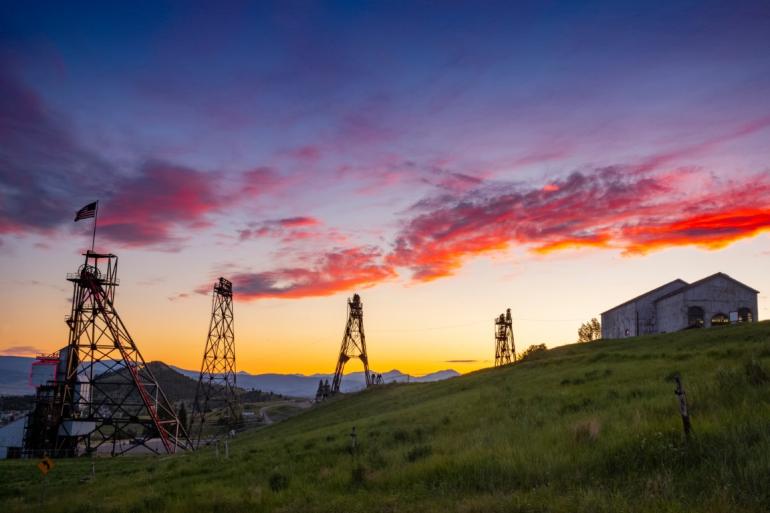





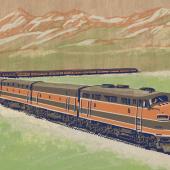
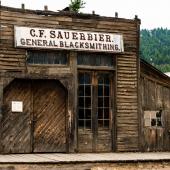





- Reply
Permalink